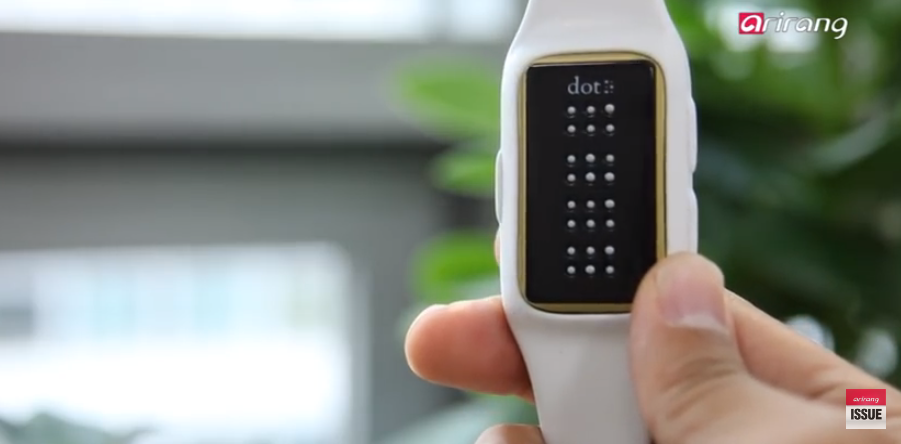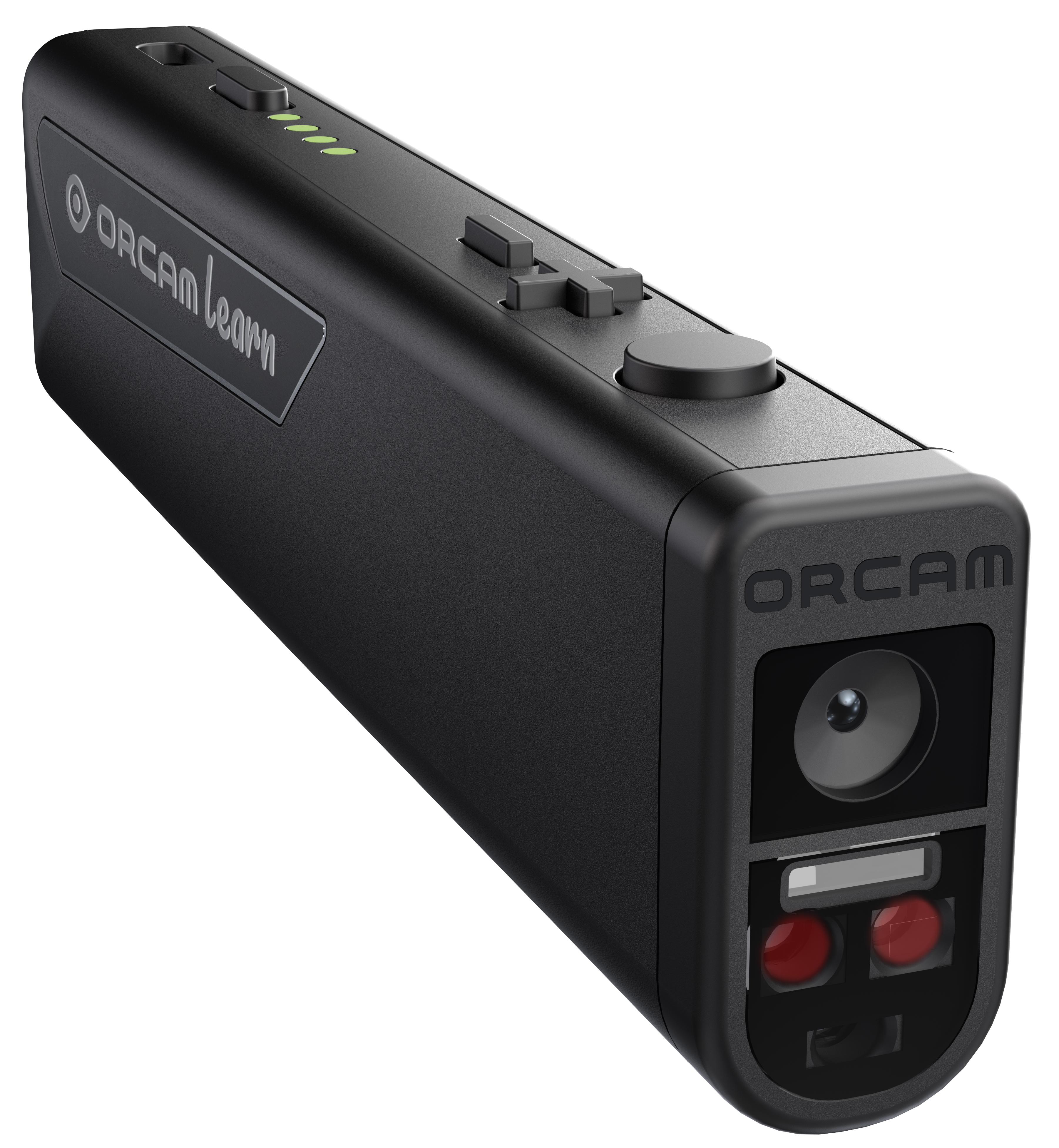Empowering Freedom With Assistive Innovation for the Blind
The integration of assistive modern technology into the lives of people with visual disabilities stands for a considerable development in advertising self-reliance and self-sufficiency. From innovative display viewers to sophisticated wise canes, these tools not only enhance daily navigating and communication however additionally equip users to involve meaningfully in different facets of life. As we discover the myriad benefits and real-world applications of these technologies, it becomes crucial to check out the hidden variables that contribute to their effectiveness and the possibility for future growths in this important area.
Review of Assistive Technology

The development of assistive technology is based in principles of inclusivity and empowerment. Technologies in software program, equipment, and sensory enhancements provide users with alternatives customized to their specific needs. From screen viewers that transform message to speech, to responsive tools that share info via touch, these devices transform the means people engage with their surroundings.
Along with useful applications, assistive innovation fosters greater social inclusion and engagement in numerous industries, consisting of education and learning and employment (Screen readers for the blind). As research and growth remain to develop, the capacity for assistive technology to additionally enhance the lives of visually impaired people stays appealing, leading the way for a much more fair society where everybody can thrive
Kinds Of Assistive Devices
A variety of assistive gadgets have emerged to sustain people with visual disabilities, each created to satisfy certain demands and boost daily performance. These tools vary from low-tech services to sophisticated technologies, giving diverse alternatives for users.
Low-tech devices consist of magnifiers and large-print products that assist in reading and writing. Braille tools, such as Braille slates and stylus pens, enable tactile analysis and communication. Orientation and wheelchair aids, like white walking canes, help users browse their setting securely.
On the higher end of the range, digital magnification systems and screen viewers provide considerable support. Digital magnifiers enable customers to increase the size of message and images on screens, while screen readers convert electronic web content right into manufactured speech, assisting in accessibility to details on smartphones and computer systems.
Mobile phone applications additionally play a critical function, giving features like message recognition and navigation assistance. Wearable modern technology, such as smart glasses furnished with enhanced fact, is becoming an appealing tool to boost situational awareness.
Benefits of Assistive Modern Technology
The combination of assistive modern technology dramatically improves the top quality of life for individuals with aesthetic impairments. These innovations empower individuals by promoting freedom, allowing them to browse their environments better and perform daily tasks with better simplicity. For instance, display visitors and zoom software application permit individuals to accessibility electronic details, promoting academic and expert chances that might have previously run out reach.
Moreover, assistive devices such as smart walking canes and general practitioners applications provide real-time navigating support, boosting flexibility and safety. This increased freedom not just enhances self-worth yet additionally urges social interaction, enabling customers go to my blog to take part more completely in their communities.
Assistive modern technology additionally assists in interaction, assisting users link with others via voice acknowledgment and text-to-speech applications. This ability is important for preserving relationships and accessing critical information.
Additionally, the customization options offered with several assistive modern technologies ensure that customers can customize gadgets to their details needs, further enhancing usability and performance. In general, the benefits of assistive modern technology for people with aesthetic impairments are extensive, promoting a much more inclusive society where every person can seek their objectives and desires.
Situation Studies and Success Stories
Highlighting the transformative effect of assistive modern technology, numerous instance research studies show just how individuals with aesthetic problems have effectively incorporated these tools right into their daily lives. One engaging instance involves a college pupil who made use of display analysis software to navigate on-line resources and academic materials successfully. This modern technology not only promoted her education however likewise enhanced her confidence in joining discussions and group jobs.
Another study includes an expert that employs a smartphone application made for navigating and object acknowledgment. By utilizing this application, he has gained back freedom in both his personal and workplace, allowing him to commute individually and involve with coworkers better.
Furthermore, a retired person shared her experience with braille e-readers, which enabled her to access a vast variety of literature and remain gotten in touch with her area through book clubs.
These success tales underscore the critical function of assistive technology in promoting self-reliance, improving lifestyle, and promoting social combination for people with aesthetic disabilities (Braille displays and notetakers). By embracing glasses frames for women these cutting-edge devices, users can get over difficulties and take opportunities that add to their professional and personal satisfaction

Future Fads in Assistive Technology
Development in assistive innovation is positioned to redefine the landscape of support for people with aesthetic problems. Emerging patterns emphasize the integration of expert system (AI) and artificial intelligence, which enhance the capability of devices that aid with navigation and information ease of access. As an example, AI-driven applications are currently capable of interpreting aesthetic data in real-time, allowing users to involve with their atmosphere much more separately.
Moreover, the development of wearable innovation is advancing rapidly. Smart glasses outfitted with augmented truth (AR) can provide audio descriptions of environments, changing just how users interact with public spaces. These tools not only advertise freedom but also foster social inclusion.
In Addition, the Net of Things (IoT) is making homes smarter, allowing for smooth connectivity between daily devices and assistive gadgets. This connectivity encourages individuals by enabling automated responses and voice-activated controls tailored to individual demands.
Conclusion
To conclude, assistive technology plays an essential role in equipping people with aesthetic problems by boosting their self-reliance and engagement with their surroundings. The varied variety of gadgets and applications available not only facilitates navigating and communication however likewise promotes social combination and opportunities for individual and specialist development. As advancements continue in this field, the potential for enhancing the lifestyle for those with visual problems will certainly increase, cultivating greater freedom home and empowerment.
